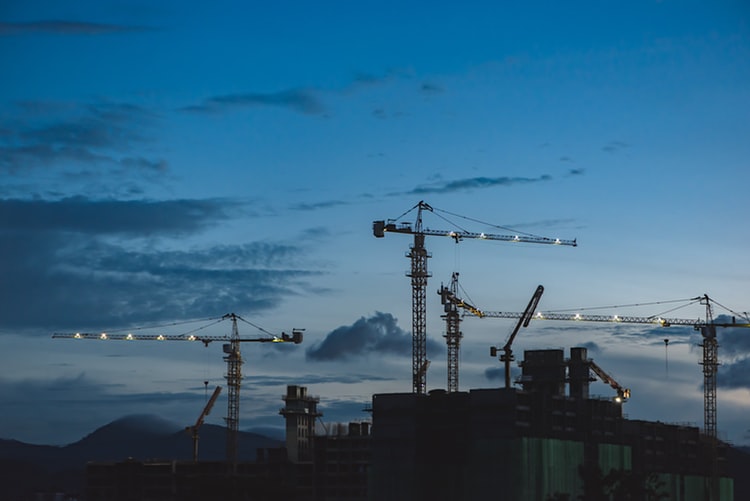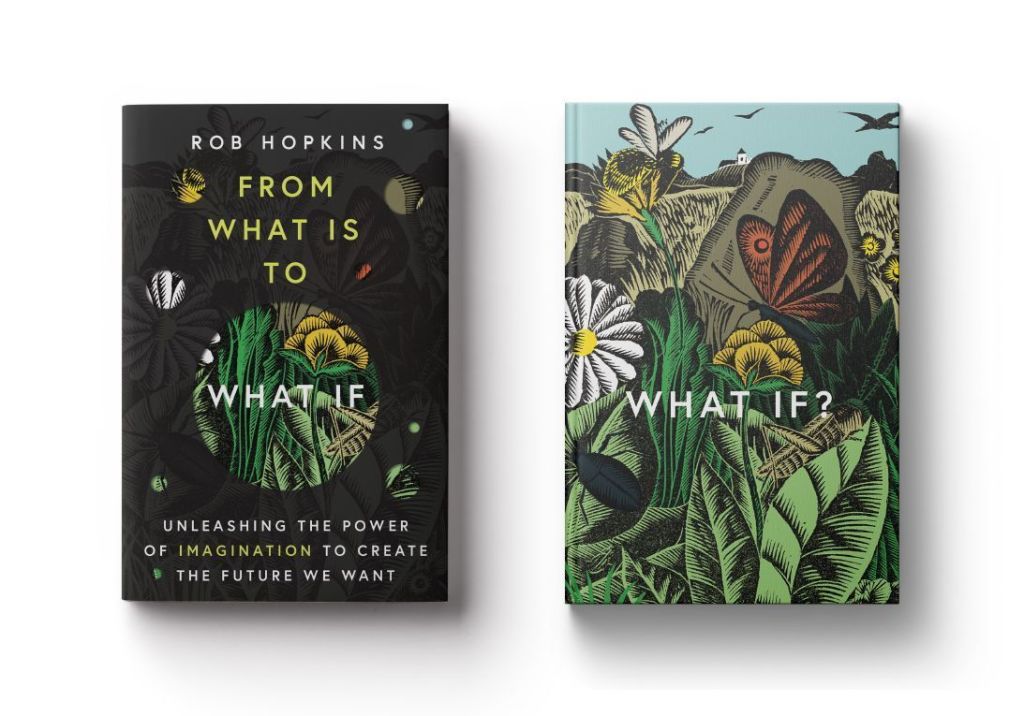With the focus on plastic avoidance, reduction and recycling, do we really know the plastics that we use everyday and incorporate into our buildings, often without second thought to their impact on human and planetary health.
I am often asked by projects and offices what plastics are safe and or recyclable when looking to adopt responsible recycling or procurement approaches in reducing or removing plastics, or to address Red List compliance.

Plastics are stamped with the now familiar ‘recycling’ chasing arrows triangle, encompassing an identifying number. However this does not necessarily mean the plastics are recyclable or indeed ‘safe’ to use in all circumstances. The numbers within the arrows, from 1 to 7, tell a different story, and are key to understanding specification, manufacture, use and disposal ofplastics.
But as even when recycled plastics only break down into smaller components, that as ‘micro-plastics’ cause greater environmental issues, the best plastic strategy maybe to avoid.
#1 – PET (Polyethylene Terephthalate)
Polyethylene terephthalate, also known as PETE or PET. Usually clear in color, the vast majority of disposable disposable beverage and food containers and bottles are made of #1 plastic. Another common place you’d find #1 is in your household cleaning product containers. This plastic is relatively safe, but it is important to keep it out of the heat or it could cause carcinogens (like the flame retardant antimony trioxide) to leach into your liquids. Hence the warning on water drinking bottles to keep out of sunlight. Plus, the porous nature of its surface allows bacteria and flavor to accumulate, so avoid reusing these bottles as makeshift containers.
Products made of #1 (PET) plastic can be recycled but not reused.
#2 – HDPE (High-Density Polyethylene)
HDPE plastic is the stiff plastic used to make milk jugs, detergent and oil bottles, toys, and some plastic bags. HDPE is the most commonly recycled plastic and is considered one of the safest forms of plastic. It is a relatively simple and cost-effective process to recycle HDPE plastic for secondary use.
Products made of HDPE are reusable and recyclable.
Red List: HDPE and LDPE are excluded from the Red List. However the Red List includes Chlorinated polyethylene and chlorosulfonated polyethlene (CSPE)
#3 – PVC (Polyvinyl Chloride)
PVC is a soft, flexible plastic used to make clear plastic food wrapping, cooking oil bottles, teething rings, children’s and pets’ toys, and blister packaging for myriad consumer products. It is commonly used as the sheathing material for computer cables, and to make plastic pipes and parts for plumbing. Because PVC is relatively impervious to sunlight and weather, it is used to make window frames, garden hoses, arbors, raised beds and trellises.
PVC, although tough in terms of strength, it is not considered safe for cooking or heating. PVC contains softening chemicals called phthalates that interfere with hormonal development.
PVC is dubbed the “poison plastic” because it contains numerous toxins which it can leach throughout its entire life cycle. PVC’s vinyl chloride monomer building block is a known human carcinogen. Almost all products using PVC require virgin material for their construction; less than 1% of PVC material is recycled.
PVC is a common, strong but lightweight plastic used in construction. It is made softer and more flexible by the addition of plasticizers. If no plasticizers are added, it is known as uPVC (unplasticized polyvinyl chloride) or rigid PVC.
Products made using PVC plastic are not recyclable.
PVC is a widely used plastic found in piping, electrical wire sheaths, and window frames. It contains phthalates, which are also components of flexible vinyl products, sealants, and finishes.
- There isn’t a great alternative to PVC wire sheaths. Metal-sheathed wiring (“armored” cable) can be used, but it is harder to work with and much more expensive.
- There are a few alternatives to PVC pipes. Metal (copper, steel, or ductile iron) pipes, which can be used for some purposes, are heavier, susceptible to corrosion, and typically more expensive to buy and install. Cross-linked polyethylene (PEX) and other related plastics are now being used to make flexible, convenient, and cheap pipes that do not contain PVC. Unfortunately, PEX cannot be recycled and its health effects have not been definitively studied. PEX degrades with sun exposure and may be more permeable to chemicals than other types of piping.
- Wood, aluminum, and fiberglass are common alternatives to PVC window frames. Wood requires additional maintenance, while aluminum frames should be used with some sort of thermal break to insulate the window and prevent condensation. Prices vary, and the environmental impact of manufacturing should also be considered.
- Avoid vinyl flooring, cords and hoses, shower curtains, artificial leather, pool liners, or paints made with phthalates. There are many alternative plasticizers.
Red List: PVC and Phthalates are included on Red List
#4 – LDPE (Low-Density Polyethylene)
LDPE is often found in shrink wraps, dry cleaner garment bags, squeezable bottles, and the type of plastic bags used to package bread. The plastic grocery bags used in most stores today are made using LDPE plastic. Some clothing and furniture also uses this type of plastic.
Products made using LDPE plastic are reusable, but not always recyclable.
Red List: HDPE and LDPE are excluded from the Red List. However the Red List includes Chlorinated polyethylene and chlorosulfonated polyethlene (CSPE)
#5 – PP (Polypropylene)
Polypropylene plastic is tough and lightweight, and has excellent heat-resistance qualities. It serves as a barrier against moisture, grease and chemicals. PP is also commonly used for disposable diapers, pails, plastic bottle tops, margarine and yogurt containers, potato chip bags, straws, packing tape and rope. Polypropylene is considered microwave-safe because it is heat resistant and therefore won’t get warped in the microwave. This does not mean it is healthy for you to consume foods which have been microwaved in it! It is always best to microwave in glass containers
PP is considered safe for reuse.
#6 – PS (Polystyrene)
Polystyrene is an inexpensive, lightweight and easily-formed plastic with a wide variety of uses. It is most often used to make disposable styrofoam drinking cups, take-out “clamshell” food containers, egg cartons, plastic picnic cutlery, foam packaging and those ubiquitous “peanut” foam chips used to fill shipping boxes to protect the contents. Polystyrene is also widely used to make rigid foam insulation and underlay sheeting for laminate flooring used in home construction.
Because polystyrene is structurally weak and ultra-lightweight, it breaks up easily and is dispersed readily throughout the natural environment. Beaches all over the world have bits of polystyrene lapping at the shores, and an untold number of marine species have ingested this plastic with immeasurable consequences to their health.
Polystyrene may leach styrene, a possible human carcinogen, into food products (especially when heated in a microwave). Chemicals present in polystyrene have been linked with human health and reproductive system dysfunction.
Recycling is not widely available for polystyrene products. Most curbside collection services will not accept polystyrene, which is why this material accounts for about 35% of US landfill material. While the technology for recycling polystyrene is available, the market for recycling is small. Awareness among consumers has grown, however, and polystyrene is being reused more often. While it is difficult to find a recycler for PS, some businesses like Mailboxes Etc. which provide shipping services are happy to receive foam packing chips for reuse.
Polystyrene should be avoided where possible.
#7 – Other (BPA, Polycarbonate and LEXAN)
The #7 category was designed as a catch-all for polycarbonate (PC) and “other” plastics, so reuse and recycling protocols are not standardized within this category. Of primary concern with #7 plastics, however, is the potential for chemical leaching into food or drink products packaged in polycarbonate containers made using BPA (Bisphenol A). BPA is a xenoestrogen, a known endocrine disruptor.
A new generation of compostable plastics, made from bio-based polymers like corn starch, is being developed to replace polycarbonates. These are also included in category #7, which can be confusing to the consumer. These compostable plastics have the initials “PLA” on the bottom near the recycling symbol. Some may also say “Compostable.”
#7 plastics are not for reuse, unless they have the PLA compostable coding.
Red List: Bisphenol A (BPA) used to manufacture polycarbonate (clear, hard) plastics and epoxy resins is included on the Red List
Sources
Red List: https://living-future.org/declare/declare-about/red-list/
The ILFI Red List contains the worst in class materials prevalent in the building industry that may not be included in materials used in construction that seeks to meet the criteria of the Living Building Challenge (LBC).T
The commonly-used chemicals on the Red List are:
Polluting the environment
Bio-accumulating up the food chain until they reach toxic concentrations
Harming construction and factory workers
Plastics by the Numbers: EarthEasy – https://learn.eartheasy.com/articles/plastics-by-the-numbers/
GreenSpec http://www.greenspec.co.uk/building-design/toxic-chemistry-health-environment-pollution/
The Seven Types of Plastic and What they mean for your health. https://www.nontoxicrevolution.org/blog/7-types-of-plastic
Green Building Alliance https://www.go-gba.org/resources/green-building-methods/materials-red-list/
If you like this please share:



















